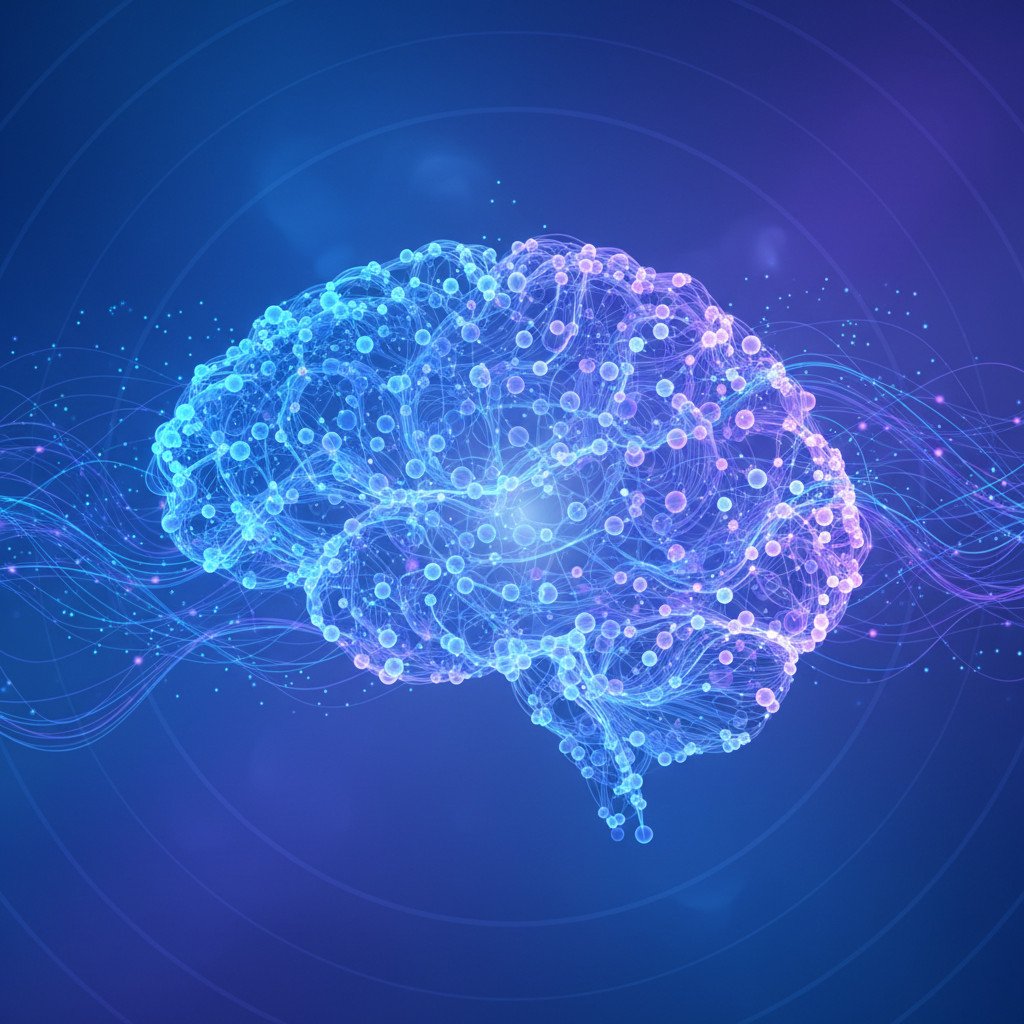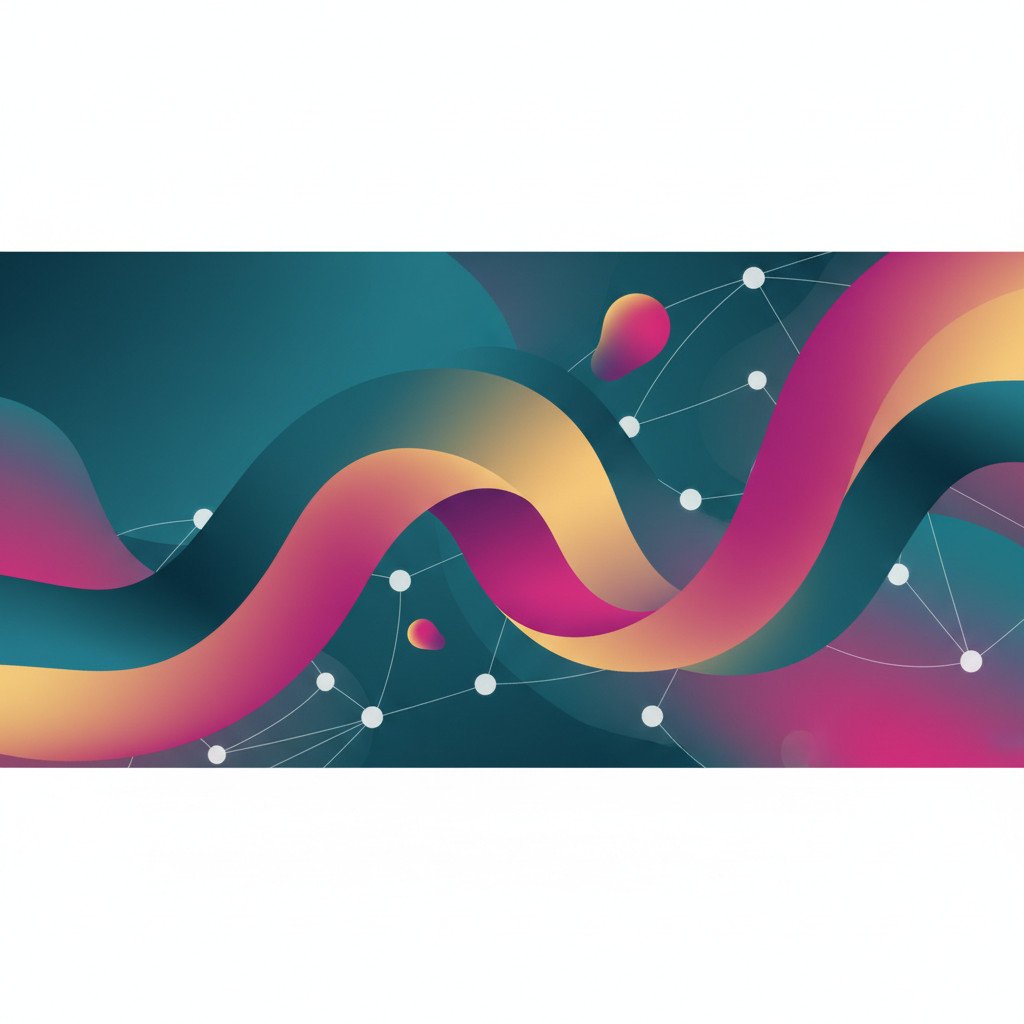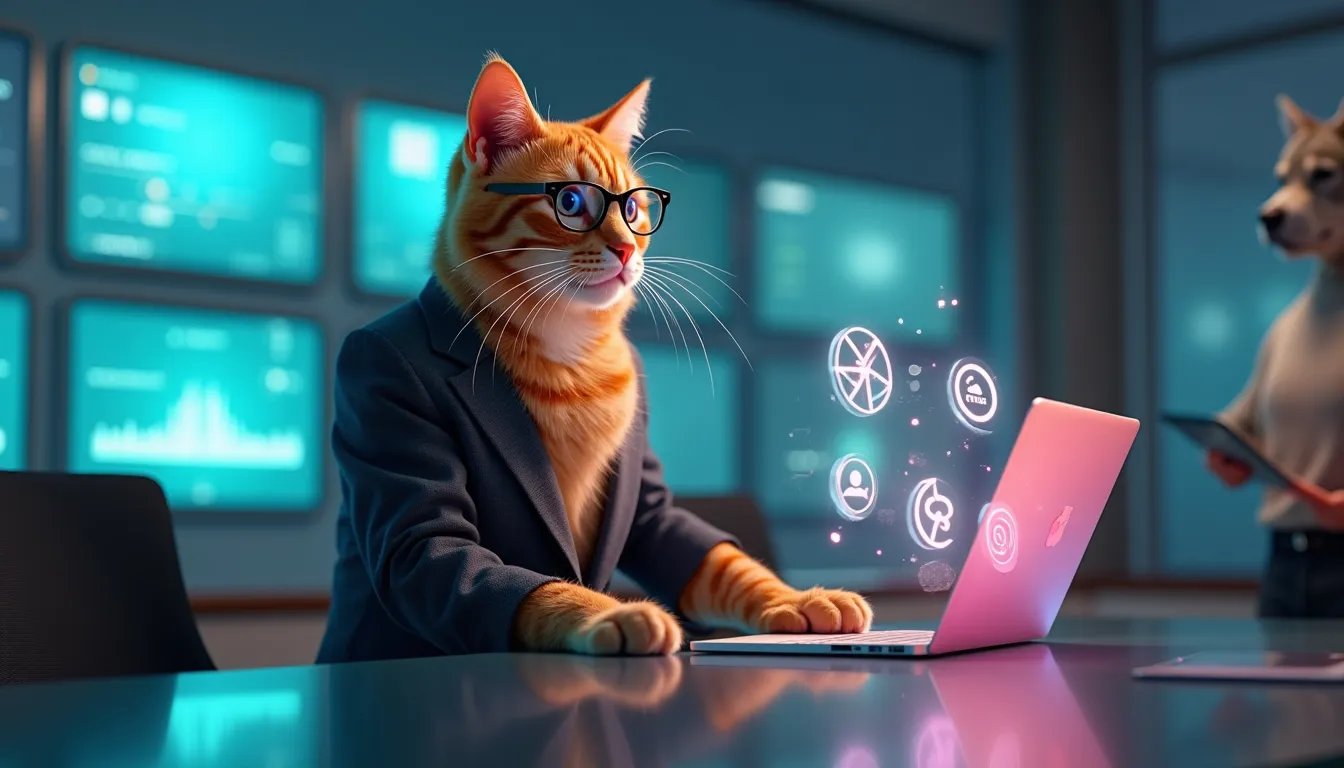The best AI image generators 2026 are reshaping creative work and visual storytelling at breakneck speed. Because models now blend text, sketches, and real photos, creators can generate complex scenes instantly. However, not all tools deliver the same quality, rights, or pricing. Therefore, choosing the right generator matters for hobbyists and teams alike.
In this guide we test speed, prompt adherence, editing features, and commercial rights. We also examine pricing tiers and typical business use cases. Expect clear comparisons, pros and cons, representative sample images, and practical tips. Along the way, you will learn which generators excel at character art, photorealism, and rapid prototyping.
Whether you want to iterate quickly or produce studio quality images, this article helps you pick tools wisely. Read on to discover the eight top platforms, key features, pricing landmarks, and real world examples. Plus, we note limitations like public defaults, credit systems, and privacy trade offs.
What makes the best AI image generators 2026 stand out
After the introduction, this section explains the core advances driving rapid change. AI models now fuse text, sketches, and photo references. As a result, they deliver higher fidelity and faster results. Creators gain new powers in text to image workflows and rapid prototyping.
These developments make the best AI image generators 2026 essential for hobbyists, freelancers, and teams. Below are the key features that set top tools apart, with related keywords and practical benefits.
- Next generation multimodal models accept text prompts, sketches, and photo inputs. Because they learn from larger, diverse data sets, outputs feel more coherent and expressive. This improves prompt adherence and reduces wasted iterations.
- Fine grained style control and prompt engineering let creators target photorealism, character art, or stylized illustrations. Therefore teams can use the same tool for concept art, marketing, and product mockups.
- Real time editing and iterative workflows enable in painting, generative expand, and direct canvas edits. Moreover, integrated image editing and upscaling reduce the need for external tools.
- Higher resolution rendering and built in upscalers create studio quality exports for print and web. Consequently, designers get usable assets faster, with fewer round trips.
- Clear licensing, commercial rights options, and privacy controls support business use cases. However, keep an eye on platforms that default to public sharing.
- Web apps, API access, and batch generation automate repetitive image tasks. As a result, teams scale creative output while managing pricing and credit systems.
Together these advances explain why these generators feel transformative in 2026. Next we test the leading platforms for features, pricing, and real world use cases.
Comparison table: Top AI image generators 2026
| Platform | Key features | Pricing | Ease of use | AI model type | Typical use cases |
|---|---|---|---|---|---|
| Midjourney | Strong stylized and surreal renders; web app and Discord access; public Explore gallery by default. | Starts at $10/month for Basic (~200 images) with commercial rights. | Moderate learning curve for prompts; UI now easier via web. | Proprietary multimodal diffusion models. | Concept art; stylized marketing; character design. |
| GPT-4o (ChatGPT) | Text to image plus chat driven editing; integrates with chat workflows. | Included with ChatGPT Plus at $20/month for image gen. | Very easy for non technical users; conversational prompts help. | Multimodal large transformer (GPT-4o). | Rapid prototyping; product mockups; simple photorealism. |
| Reve Image | Quick generations; privacy options on paid plans; simple editor. | Free tier; Pro around $20/month for private images. | Beginner friendly with clear defaults. | Modern diffusion with prompt tuning. | Social visuals; marketing ads; quick iterations. |
| Nano Banana | Photo mixing and reference blending; included in Google AI Pro. | Limited free; in Google AI Pro at $20/month. | Approachable for photo edits and blends. | Multimodal image synthesis. | Photo composites; reference based edits; retouching. |
| Ideogram | Strong character and concept art focus; full res downloads. | Free limited plan; from $8/month for full res and credits. | Intuitive canvas and preset styles. | Specialized generative model for characters. | Character design; storyboards; game assets. |
| FLUX | Platform dependent pricing; integrates with other tools; free credits. | Varies by platform; offers free credits. | Varies by integration; generally friendly. | Hybrid models and APIs. | Batch generation; workflow automation; asset pipelines. |
| Recraft | Export to JPG PNG SVG; daily free credits; good for vectors. | Free 30 credits/day; Basic $12/month for 1000 credits. | Simple UI for designers and teams. | Efficient generative models with vector export. | Icons; UI assets; scalable illustrations. |
| Leonardo.Ai | Advanced fine tuning; community model sharing; plugins. | Tiered pricing and credits; free trial options. | Moderate complexity for power users. | Community fine tuned models and diffusion engines. | Game art; high detail renders; community experiments. |
Use this table to scan capabilities quickly. Then read the detailed reviews for pricing nuances, rights, and real world tests.

Technological advances driving AI image generators in 2026
Models improved dramatically between 2023 and 2026, and that progress fuels more accurate and creative results. Because developers combined multimodal transformers with refined diffusion techniques, generators now merge text, sketches, and photo references with low friction. As a result, outputs match prompts more closely and require fewer iterations.
Training data quality rose alongside model architecture. Teams now use larger, better curated datasets, hybrid licensed collections, and synthetic augmentation. Moreover, human feedback and reinforcement learning improved nuance and bias mitigation. Therefore images feel more consistent across styles and subjects.
Hardware and software optimizations accelerate generation speed. Model distillation, quantization, and sparse attention reduce latency, and server side GPUs deliver high resolution in seconds. Consequently, creators get near real time previews, which speeds concept testing and decision making.
User interfaces evolved to make advanced features accessible. Modern web canvases offer inpainting, generative expand, and layer based editing. In addition, guided prompt assistants, style presets, and community templates lower the learning curve. Thus both beginners and pros iterate quickly without switching tools.
Key technological advances at a glance
- Multimodal model fusion combines text and image understanding, improving prompt adherence.
- Hybrid diffusion plus transformer architectures produce higher fidelity details and better composition.
- Curated and synthetic training data increases variety while reducing low quality artifacts.
- Human feedback loops and safety layers reduce common failure modes and harmful content.
- Model compression and optimized inference deliver faster responses and lower costs.
- Rich web editors, APIs, and batch generation scale creative workflows for teams.
Together these advances make the best AI image generators 2026 faster, smarter, and more flexible. For businesses, that means fewer reworks, clearer brand consistency, and cheaper prototyping. For artists, that means richer expression and faster experimentation.
Feature spotlight: User customization and accessibility
The best AI image generators 2026 put customization and accessibility first. Because designers range from beginners to pros, tools offer flexible controls. As a result, users tweak style, detail, and composition without deep technical knowledge.
Simple interfaces and guided prompts reduce friction. Moreover, preset styles and sliders let users adjust mood, realism, and color quickly. Therefore creators iterate faster and get predictable results.
Mobile compatibility became standard. Many generators ship responsive web apps and native mobile versions. In addition, mobile editing supports touch based inpainting, undo history, and quick exports. This helps creators work on the go.
Customization and accessibility highlights
- Intuitive sliders and presets for style strength, realism, and texture. Because sliders map to clear visuals, users avoid guesswork.
- Prompt assistants and template galleries for faster prompt engineering and better adherence.
- Layered canvas editing, generative expand, and inpainting tools for fine tuning. As a result, you can refine composition without rerunning full generations.
- Export options including JPG, PNG, and SVG for print and scalable assets. Therefore teams use the same asset across channels.
- Collaboration features such as shared projects, comments, and version history. In addition, API access enables automated batch generation for teams.
- Accessibility features like keyboard navigation, high contrast themes, and alt text prompts. For reference on web accessibility best practices, see WAI guidelines.
Mini case studies
A freelance designer used Recraft to build icons as SVGs and export versions quickly. As a result, clients got multiple formats without manual redrawing.
A product team used GPT-4o driven image generation to prototype landing pages. Because the chat workflow guided edits, they tested concepts within hours.
Together, customization and accessibility improvements make these tools more inclusive and faster to use. Therefore both solo creators and teams benefit from higher quality output and smoother workflows.

Use cases and practical applications of AI image generators in 2026
AI image generators now power real workflows across industries. Because they can produce high fidelity visuals quickly, teams save time and budget. Therefore businesses scale creative output while keeping quality high.
-
Marketing and advertising
Create campaign concepts, hero images, and ad variations at speed. Because you can batch generate variants, marketers test visuals across audiences quickly. For example, teams run A/B tests with ten image variants in a single session.
-
Content creation and blogging
Produce article headers, illustrations, and thumbnails without a photo shoot. As a result, writers and editors reduce production time and cost. Generators also help produce consistent visuals for series and guides.
-
Game development
Rapidly prototype characters, environments, and textures. In addition, developers use generators to iterate concept art before committing to 3D assets. See how engines like Unity integrate generated assets into pipelines: Unity.
-
Design and UI assets
Generate icons, illustrations, and mockups. Because tools like Adobe Firefly connect to design suites, designers export assets directly to production: Adobe Firefly.
-
Social media and short form content
Make eye catching visuals tuned to platform formats. Therefore social managers produce tailored posts fast and keep feeds fresh.
-
E commerce and product catalogs
Generate lifestyle images, color variations, and backgrounds. As a result, small shops create high quality product photography without costly shoots.
-
Publishing and book covers
Iterate cover concepts and typography pairings quickly. In addition, authors get multiple mood boards in minutes.
-
Education and training
Build visual aids, diagrams, and illustrative scenarios for courses. Therefore instructors present clearer material with minimal design support.
-
Film, TV, and VFX previsualization
Use generated imagery for mood boards and scene planning. As a result, directors and creatives move from concept to shot lists faster.
Across these use cases, benefits include faster iteration, lower cost, and better brand consistency. However, teams must check licensing and privacy settings before commercial use. Finally, combine human review with AI to maintain quality and ethical standards.
Future trends and challenges in AI image generation
AI image generation will push realism further while expanding creative possibilities. Models will deliver near photographic results and richer stylistic control. However, this realism raises new ethical and legal questions.
Expect tighter integration with other AI tools. For example, image generators will link to generative text, audio, and video systems. As a result, workflows become more unified. Designers will prototype end to end, from concept to motion.
Model governance and copyright will grow more complex. Because training data mixes public and licensed content, companies and creators must track rights. For guidance on international rights and policy, see WIPO resources: WIPO Resources. In addition, Creative Commons licensing remains useful for shared assets: Creative Commons.
Key trends and challenges
- Increased realism and controllability
- Models will deliver finer detail and consistent lighting. Therefore artists must balance automation with human curation.
- Ethical concerns and bias mitigation
- Generators can reproduce stereotypes or harmful content. Developers must improve safety layers and human review processes.
- Copyright and provenance
- Tracing source material becomes essential. Consequently, expect new metadata standards and provenance tools.
- Regulation and policy pressure
- Governments will propose rules for training data and disclosures. As a result, platforms will change licensing and defaults.
- Cross modal integration and automation
- Image tools will plug into broader AI stacks for animation and voice. In addition, APIs will enable scalable asset pipelines.
Looking ahead, the technology will become more powerful and more regulated. Therefore users should learn prompt craft and check rights. At the same time, developers must build transparent systems and clear controls.
Conclusion
The best AI image generators 2026 deliver faster workflows, higher fidelity, and broader creative control. Because models now combine text, sketches, and photos, teams and creators get usable assets in minutes. However, quality, pricing, and rights still vary, so test tools before committing.
EMP0 (Employee Number Zero, LLC) helps businesses harness these advances safely and effectively. Their Content Engine automates image and copy production, while Marketing Funnel systems turn visuals into conversion paths. In addition, Sales Automation and AI powered growth systems multiply revenue without compromising security. Therefore teams gain predictable scale and measurable ROI.
If you want to move faster, explore EMP0’s tools and resources. Visit their website to learn about tailored automation and AI solutions: EMP0 Website. Also read case studies and articles on their blog for practical how-to guides: EMP0 Blog. Finally, experiment with a few generators from this guide, pair them with EMP0 workflows, and iterate quickly. As a result, you can unlock creative advantage and sustainable growth in 2026 and beyond.

